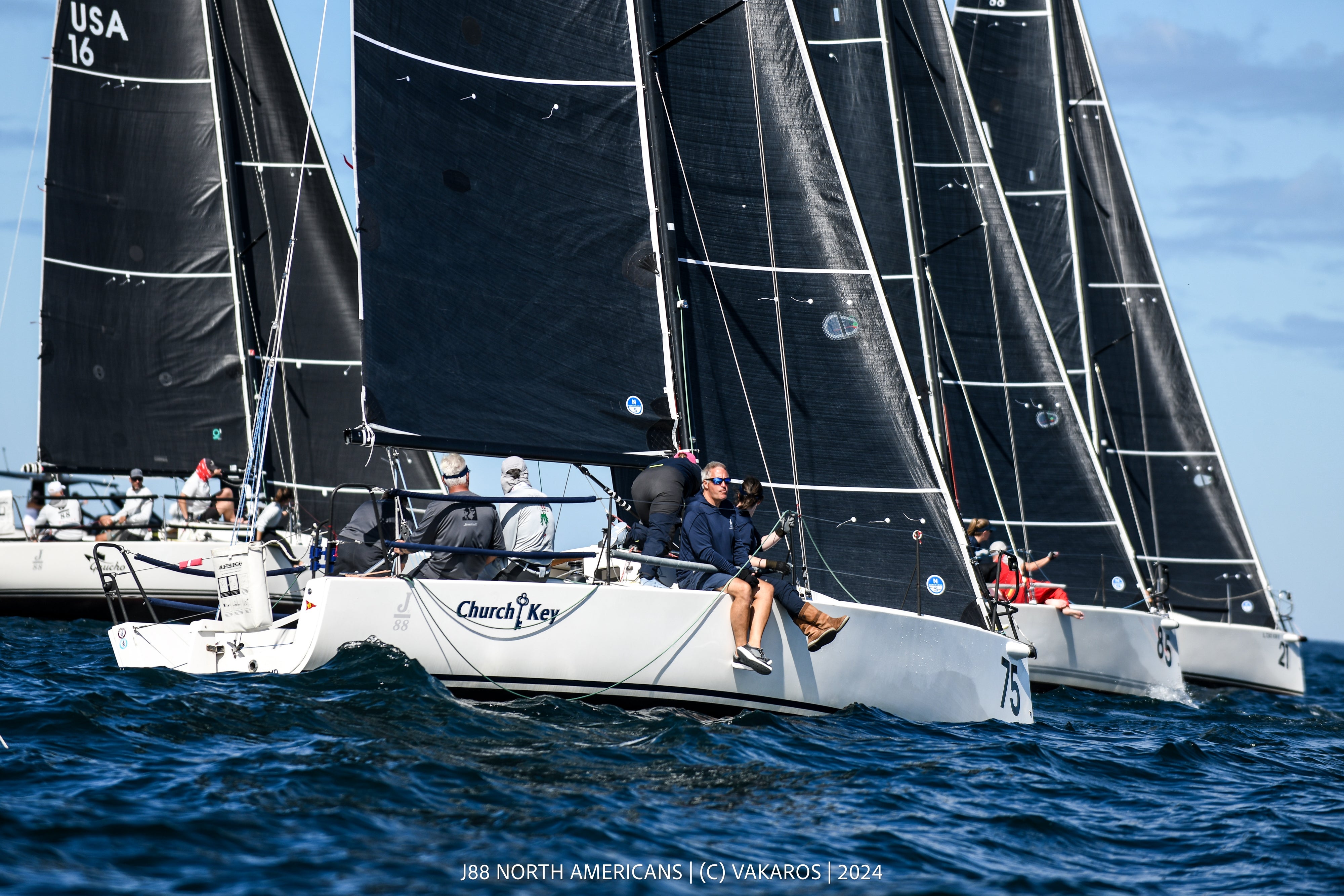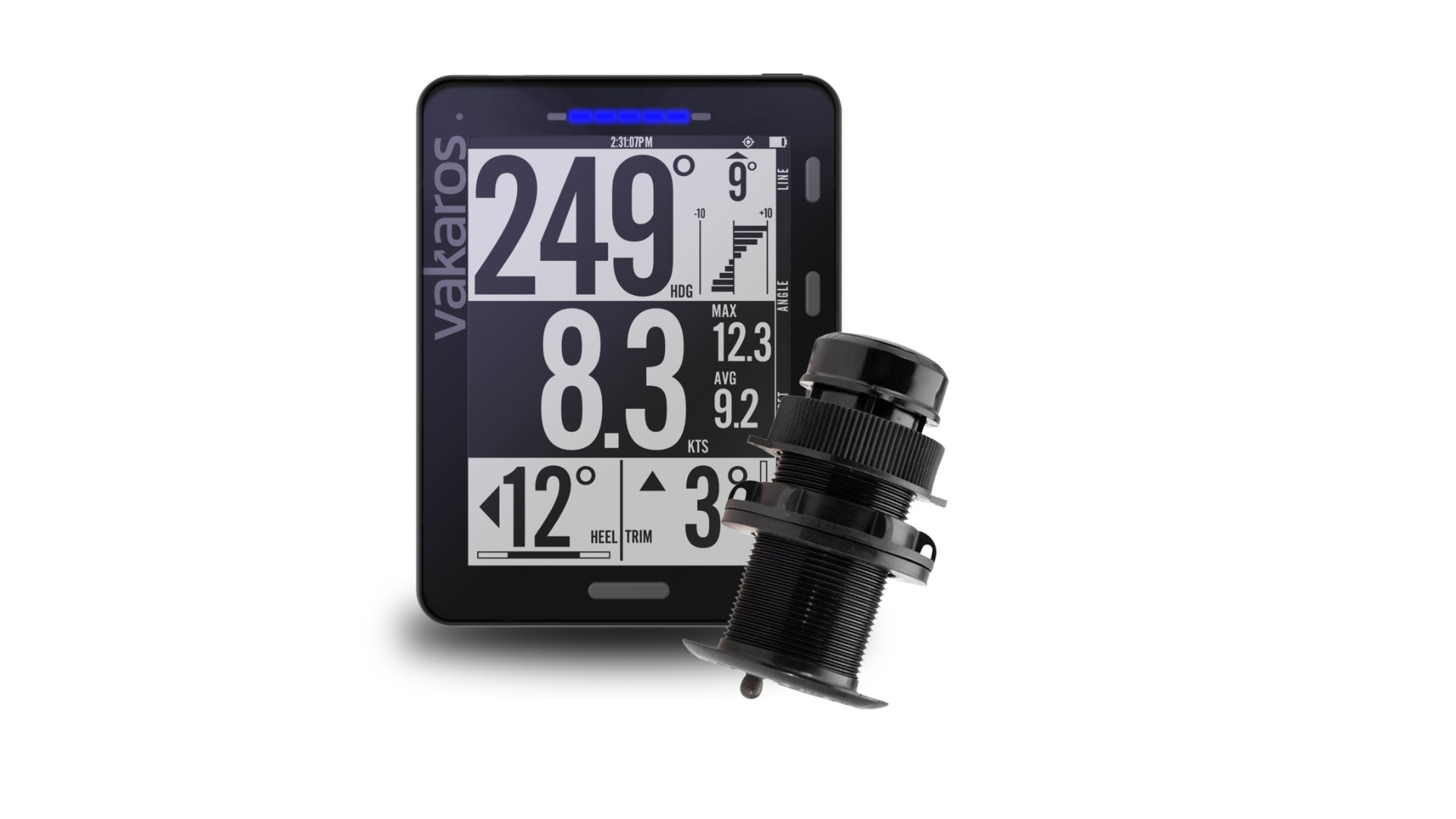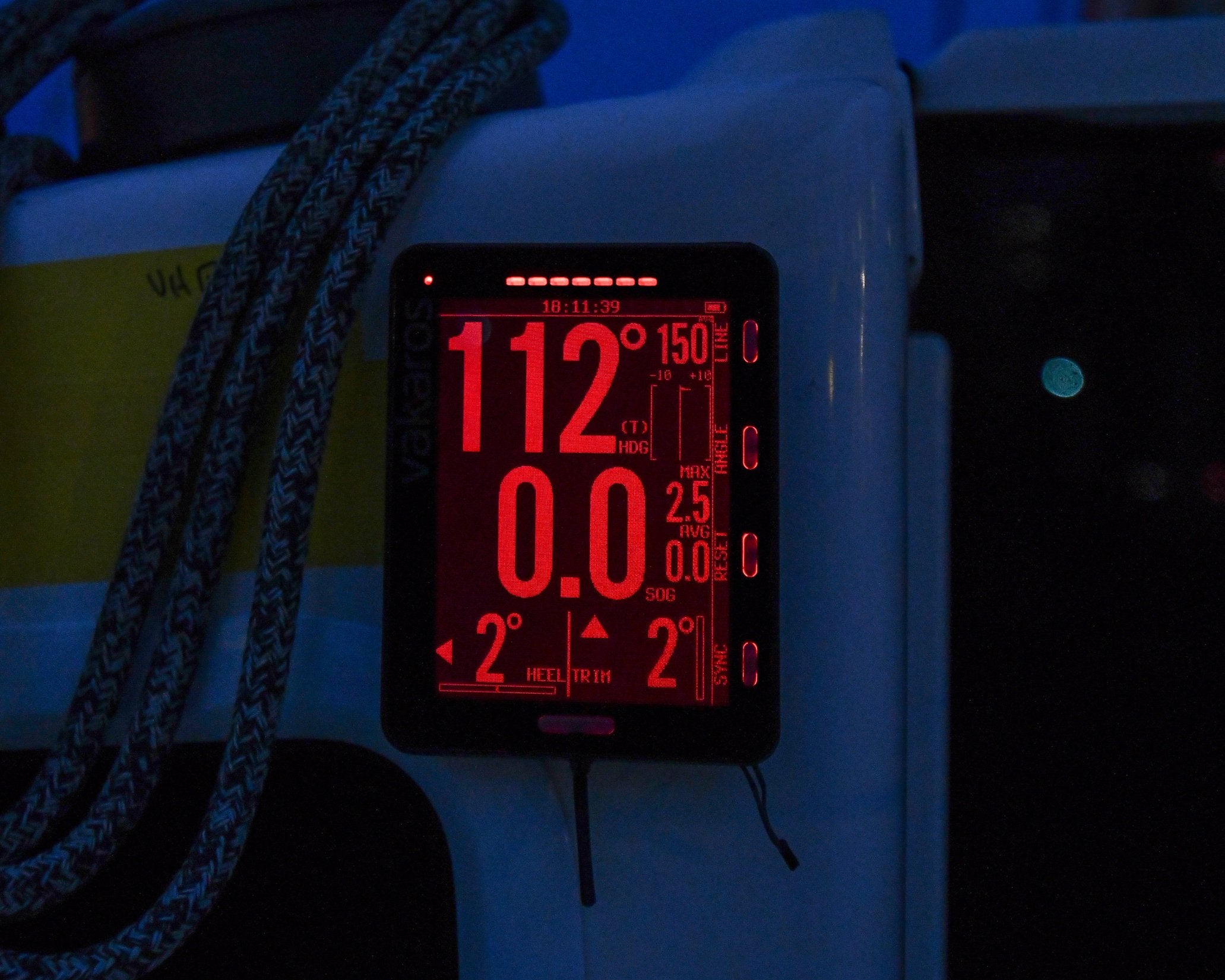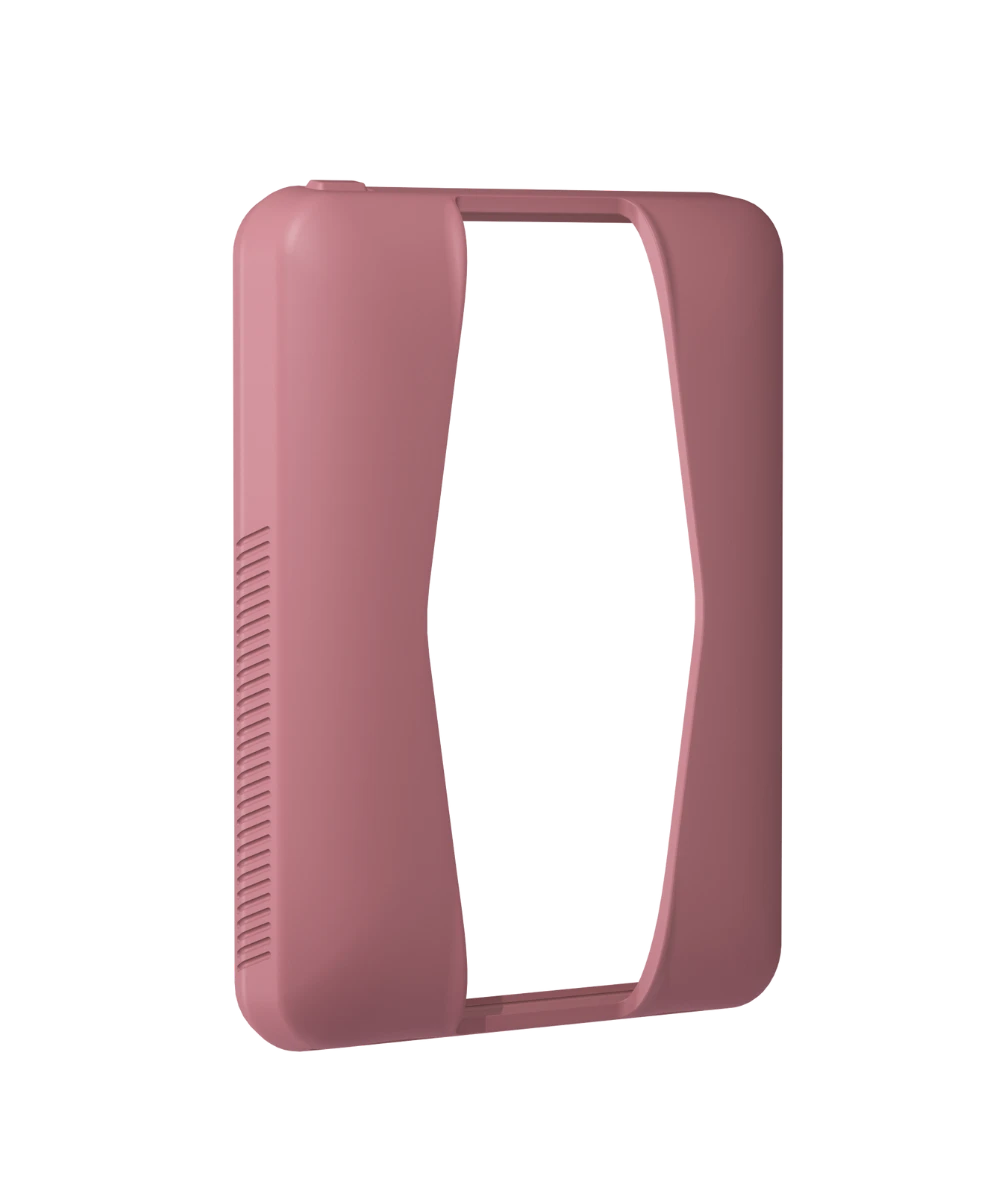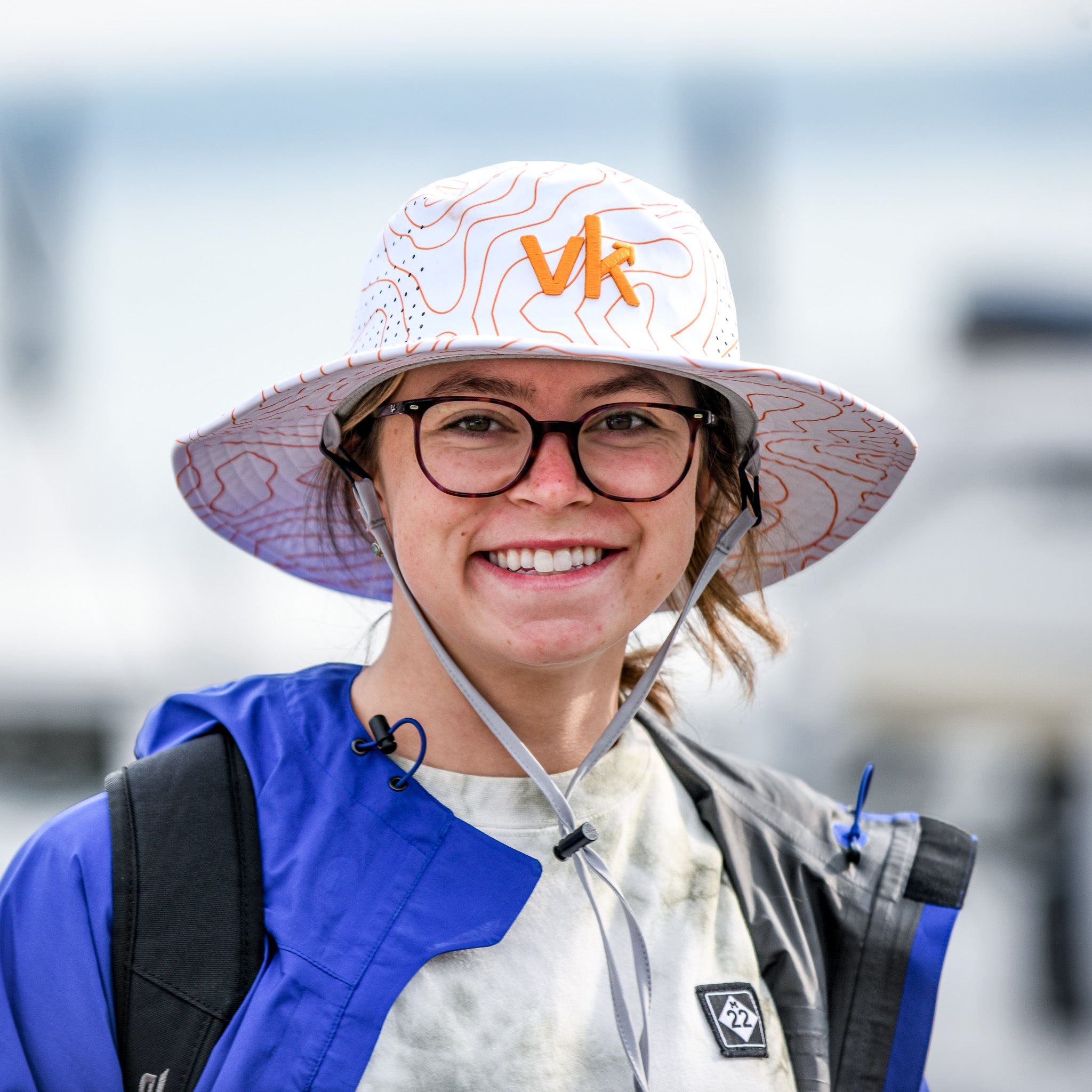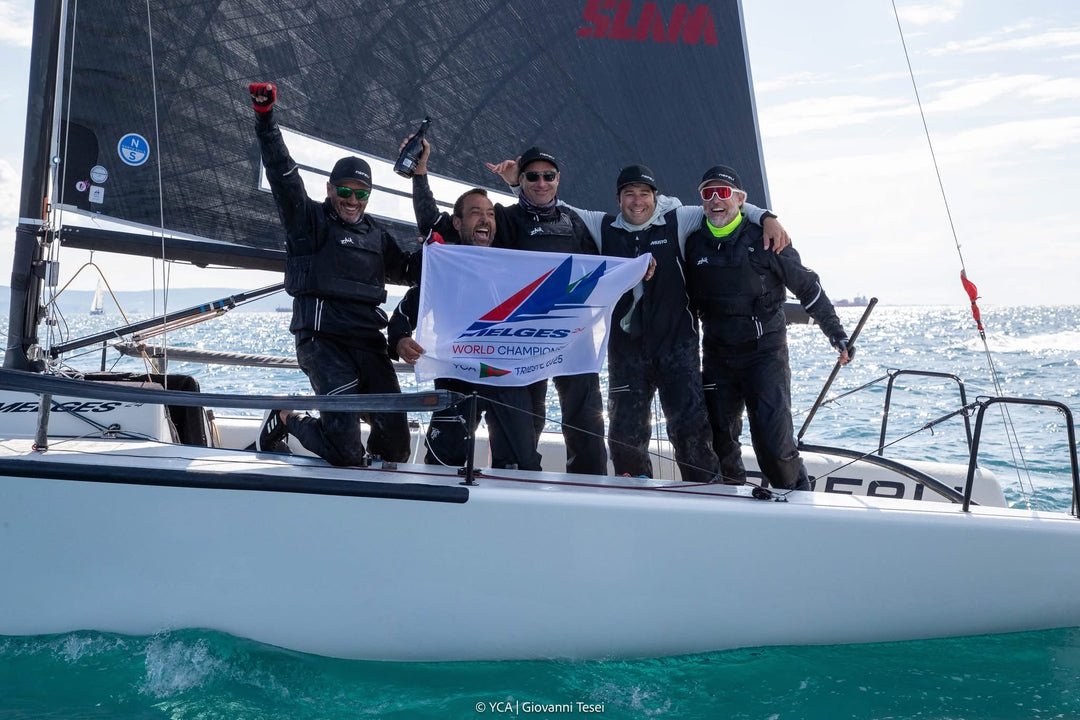VMG and Tack Loss: New Training Tools!
by Jake Keilman - Nov 11, 2022

As sailors, we’re always asking questions when we’re on the water. Do we have the right sail configuration? Is this mode really faster in the current conditions? That tack felt good, but was it?
These are good questions, but they can be hard to answer on the water. Coaches and training partners can help, but aren’t always available. High quality sailing data and analytics tools can yield some answers once back at the dock, but often the critical context has been lost. Knowing that tacks #12 and #15 were good, and #7 was a disaster is a good start, but this is only half the battle. It’s also critical to know why.
So why can’t we break down the wall between analytics and instrumentation, and just deliver this insight to the sailor in real-time, while they have all the context to understand what's happening on the boat?
Well, now we can. Introducing VMG and Tack Loss for the Atlas 2:
VMG
VMG, or Velocity Made Good, measures progress made with, or against the wind direction, answering the age-old question for sailors of what mode is quickest for going upwind or down. Setup is quick and easy – just add a VMG widget to your display layout using Vakaros Connect, configure the averaging time window, and go sailing. Once on the water, run the shift tracking setup in "angles" to capture your reference angles and the inferred wind direction – and that’s it. Experiment with different modes, sail shapes and heel angles, and see the instant impact on your actual performance, upwind or down.
Tack and Gybe Loss
This training feature is all about nailing the perfect maneuver.
Enable it under training modes on a page in your display layout. Configure the time window to include enough time for acceleration at the end of a tack or gybe, and then head out on the water. Run shift tracking to capture reference angles and an inferred wind direction. Whenever you’re on the page you selected, the Atlas will detect tacks or gybes and display how many meters were lost (or maybe gained, for those with a really good roll tack) after the maneuver is completed. Better yet, the LED array will light up Green if the maneuver is above average within your current session, red if it is below, and purple when you achieve a new personal best!

These features will be game changing for sailors in every class, providing instantaneous on-the-water feedback to drive training success. And we’re not done yet. Look for updates in the near future that will enable using true wind direction when paired with a wind sensor, for even more accurate measurements.
We’re excited. Olympic programs we work with are excited. And we hope you are too. So, get out there and try out some new modes. Experiment with different kinds of tacks and gybes, set some personal bests, and learn what’s actually fast!




